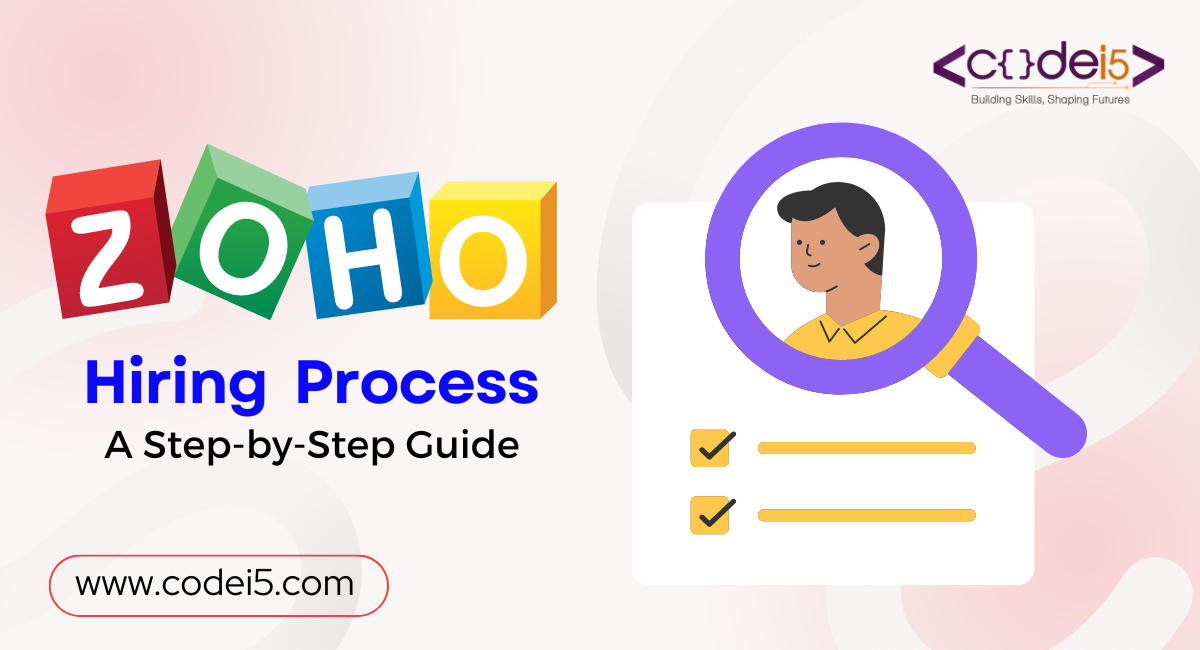
Landing your dream job often starts with one crucial document: your resume. It’s your first impression to potential employers, a concise marketing tool that needs to grab attention and convince them you’re the perfect fit. But what happens when your resume gets passed over for interview after interview?
There are several reasons your resume might be getting rejected, but the good news is most of them are fixable. Let’s dive into the common culprits and explore how to create a resume that gets you noticed for the right reasons…
Why is Your Resume Being Rejected?
Your resume, your key to landing that dream job, might be getting overlooked for a number of reasons. Here’s a breakdown of the common culprits:
- Generic Resume: Not tailored to specific jobs, lacking keywords employers use to filter applications.
- Formatting Faux Pas: Unclear structure, typos, or hard-to-read fonts make your resume unprofessional.
- Content Misses the Mark: It focuses on duties, not impactful achievements, and lacks strong action verbs or quantifiable results.
- Weak Personal Brand: No compelling summary to showcase your skills and value proposition.
- Misalignment with Career Goals: Your resume doesn’t reflect your desired career path. It might showcase irrelevant experiences or lack keywords that signal your aspirations.
- Lack of Keywords Beyond Job Description: While focusing on the specific job description is crucial, consider including broader industry keywords that demonstrate your understanding of the field.
- Not Optimized for Applicant Tracking Systems (ATS): Many companies use ATS to scan resumes. Ensure your resume uses keywords in a readable format, not crammed with unnatural keyword stuffing.
By addressing these issues, you can create a resume that gets noticed for the right reasons and effectively markets you for your dream job.
How to Create a Perfect Resume?
Structure and Content
While the core tips above address customizing and effective writing, building a perfect resume requires a well-structured foundation. Here’s a breakdown of key sections to consider:
1. Header: This section should prominently display your contact information, including your full name, professional email address, and phone number.
2. Summary Statement (Optional): A concise summary statement at the top of your resume can be a powerful tool. In 2-3 sentences, highlight your most relevant skills and experience, and tailor it to the specific job you’re applying for.
3. Work Experience: This is a core section showcasing your professional background. Here’s how to structure it effectively:
- Reverse-Chronological Order: List your work experience entries starting with your most recent position and working backwards.
- Company Name, Job Title, Dates of Employment: Clearly state the company name, your job title, and the dates of your employment for each position.
- Action Verbs and Achievements: For each role, use strong action verbs and specific examples to describe your responsibilities and achievements. Focus on quantifiable results whenever possible.
4. Education: List your educational background, including the name of the institution, degree obtained, and graduation year. You can also mention relevant coursework or academic achievements here.
5. Skills: This section showcases your skillset relevant to the job you’re targeting. Include both hard skills (technical skills) and soft skills (interpersonal skills).
6. Additional Sections (Optional): Depending on your experience and the job requirements, consider including additional sections such as:
- Volunteer Experience: Relevant volunteer work can demonstrate valuable skills and experience.
- Certifications: If you possess relevant certifications, list them here.
- Awards and Recognition: Including awards and recognition can add credibility to your resume.
- Languages: If you’re proficient in other languages, this section can be beneficial.
7. Keywords: While not a dedicated section, strategically weave keywords from the job description throughout your resume. This can improve your chances of getting noticed by Applicant Tracking Systems (ATS) used by many companies.
Remember:
- Customize Each Time: Avoid using the same resume for every job. Adjust it for each application to highlight the skills and experiences that are most relevant.
- Keep it Short: Ideally, your resume should be one to two pages long.
- Make it Easy to Read: Use a clear and professional font, keep the formatting consistent, and include plenty of white space to make it easy to read.
By following these steps and using the main ideas mentioned earlier, you can create a strong resume that effectively shows off your qualifications and improves your chances of getting an interview.
Bonus Tips for Extra Polish
- One Page is Ideal: Aim for a one-page resume, especially for early-career professionals. If you have extensive experience, a two-page resume might be acceptable, but keep it concise.
- Actionable Email Address: Use a professional email address. Avoid nicknames or anything unprofessional.
- Consider a Resume Builder: Explore online resume builders that can help with formatting and content guidance.
- Keep it Updated: Regularly update your resume with new skills, experience, and achievements.
- Align with Your Goals: Ensure your resume reflects your desired career path, tailoring it to showcase relevant experience.
Conclusion
Creating a good resume takes time and effort, but it’s worth it. A strong resume can help you get more interviews and land your dream job. Use it to highlight your skills and experience. Don’t be afraid to update and improve your resume as you gain more experience. With these tips, you can make a resume that stands out and opens doors to new job opportunities.
Best of luck landing your dream job!






